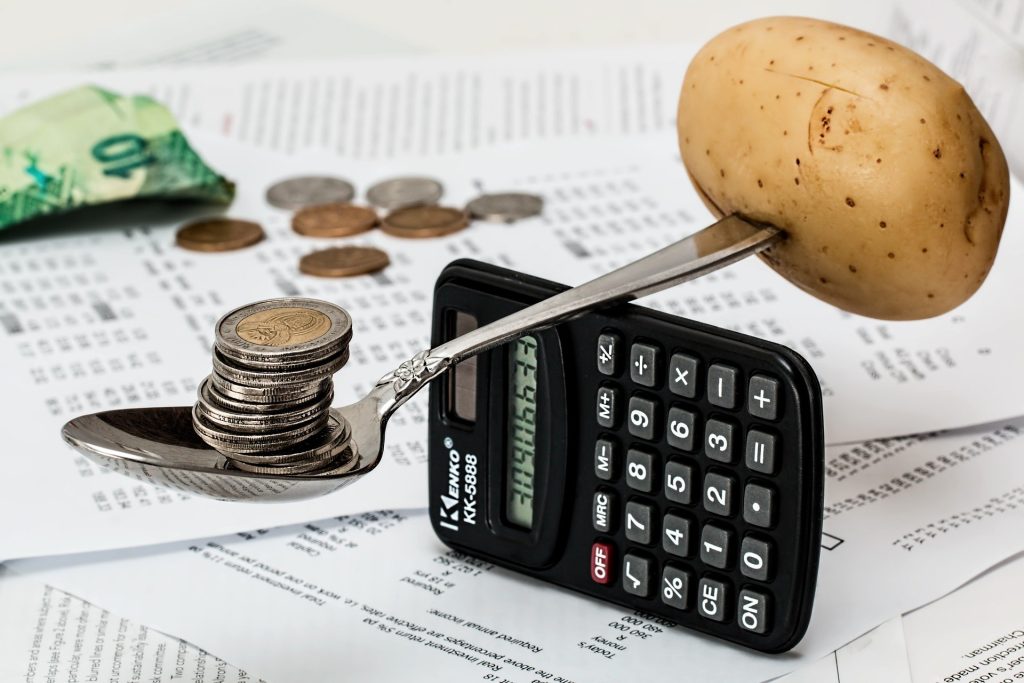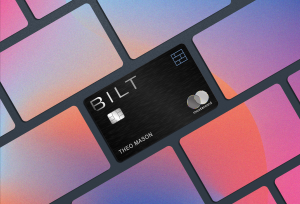80,000 point bonus when you spend $2,000 in three months!
15,000 points when you refer a friend!
25,000 round-trip economy domestic U.S. airfare!
What does any of this mean? In some ways, points seem imaginary. We talk about them in pretty big increments (the average person wouldn't go out of their way for 20 points the way they would for an extra $20). You work to figure out the best way to earn points, but how do you know what they're worth when you try to “burn” them?
Some points function just like a cash back credit card: they have a fixed value assigned by the card issuer that you can use to redeem your points for a statement credit. The points earned via the Barclays Arrival + card or the Capital One Venture card function this way, each at 1 cent per point (cpp). Easy.
Other points, like Chase Ultimate Rewards (UR), have both a “fixed” and a dynamic value. URs have a fixed value when redeeming through the Chase portal for travel depending on the card you have. The Chase Sapphire Preferred card (CSP) for example, allows you to redeem URs for 1.25 cents per point. If you have 20,000 points, you can redeem them for travel worth $250.
As we mentioned in yesterday's post, however, the best value in URs can be found when you redeem the points for travel with partners. In late 2018, we redeemed 8,000 URs by transferring them to Hyatt's World of Hyatt program to book the Park Hyatt in Mendoza, Argentina. The cash value of those two nights in that hotel on our specific dates at the time of booking was $628.30, meaning that by using 8,000 URs we were able to get a value of 7.85 cents per point ($628.30 divided by 8,000). That's far more than the 1.25 (Sapphire Preferred) or 1.50 (Sapphire Reserve) cents per point we would have been able to redeem via the portal.
The best value in most points is found when you are able to pay with a relatively low amount of points for travel that has a very high cash price, like in the Hyatt example above.
Many bloggers and points and miles enthusiasts have tried to come up with a valuation model that reflects the value you “should” be getting when you redeem points that don't have a fixed value. When we talk about “sweet spots” (hint: see tomorrow's blog post!) we're talking about opportunities to redeem points at a high value through a specific program.
This can be useful in helping you compare points offers and decide if a redemption of points is a good use of your points. Ultimately, we're all here for one thing: free travel! So figure out for yourself what each type of points are worth and see how far your points can take you!!!
Please contact us with any questions or drop by our Facebook group to discuss the value of points and miles and more!
Travel on Point(s) has partnered with CardRatings for our coverage of credit card products. Travel on Point(s) and CardRatings may receive a commission from card issuers. Opinions, reviews, analyses & recommendations are the author’s alone, and have not been reviewed, endorsed or approved by any of these entities.








